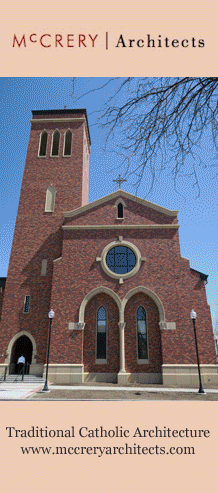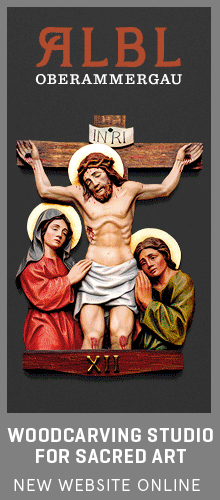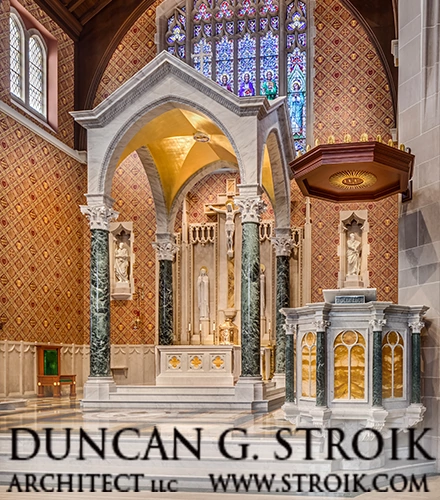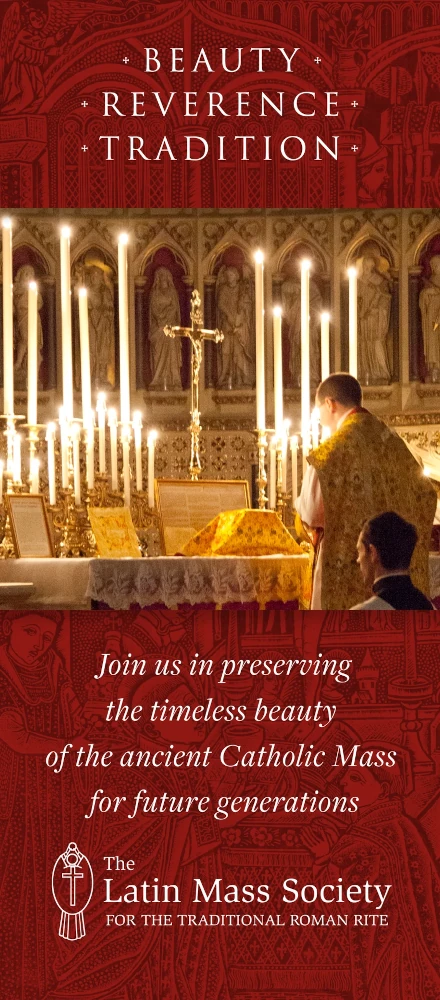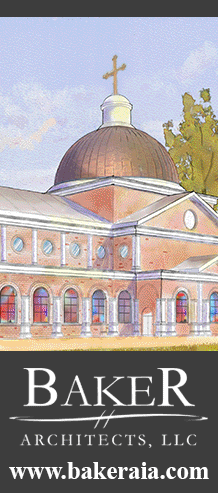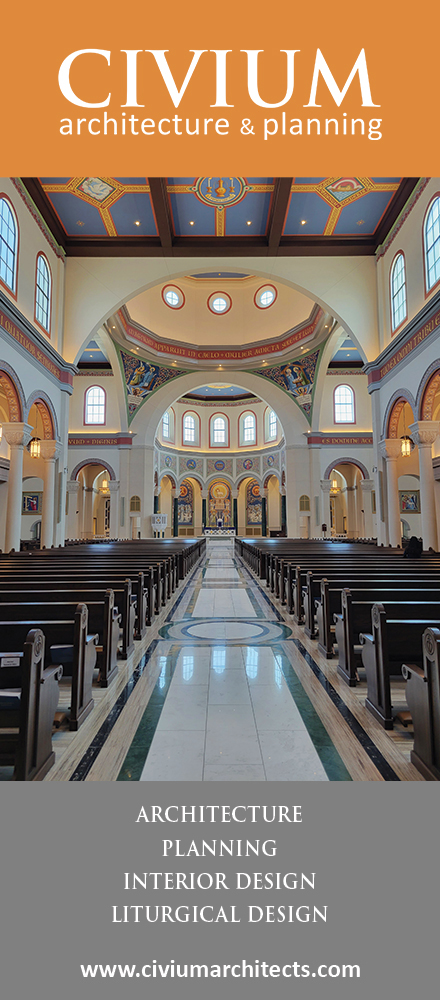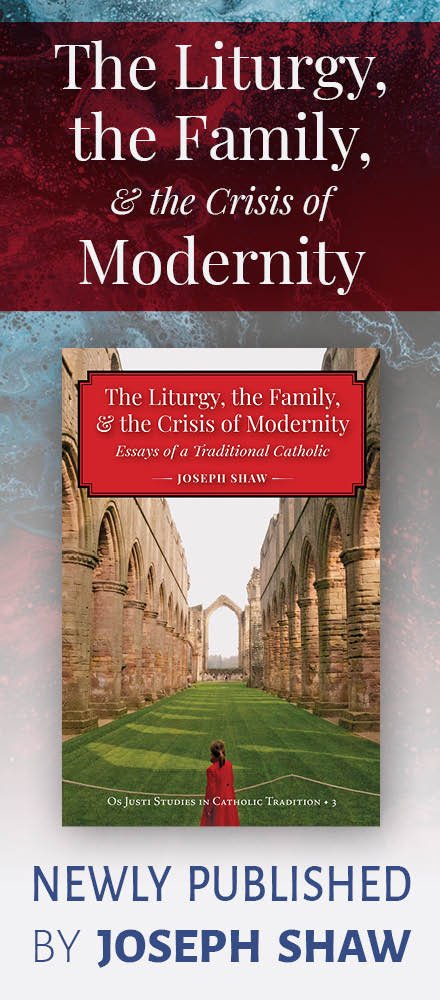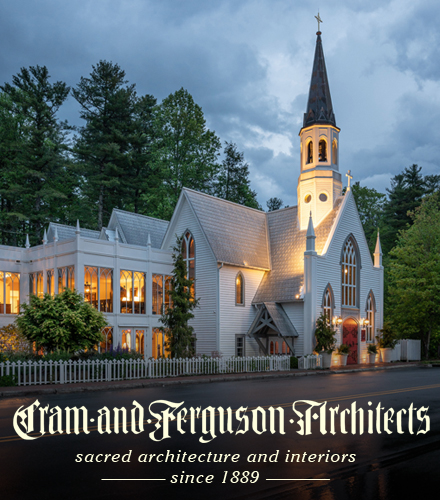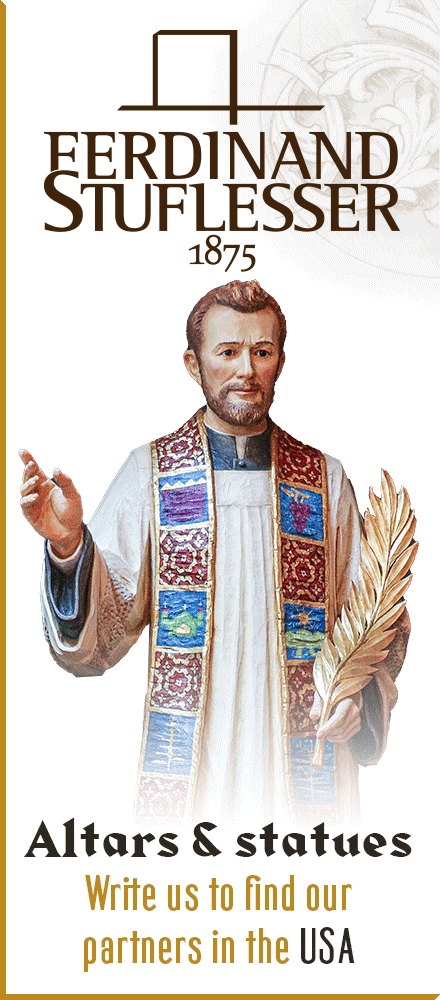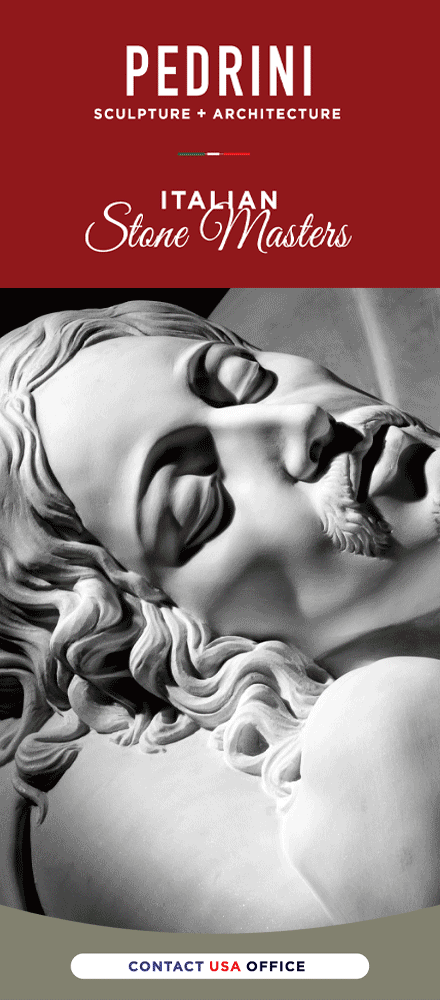I have been thinking for a few days now of providing some commentary on the recent talk given by Belgian Cardinal Godfried Danneels at the Catholic University of America on the topic of the liturgy. The American Papist was at the talk and was among the first to present an actual summation of what the Cardinal said, and recently, Catholic News Service did the same:
CNS STORY: Belgian cardinal reflects on understanding, experiencing the liturgy
American Papist summary of the talk
The talk, particularly at this time in the Church's history and given the location, was of interest of course, especially as Cardinal Danneels is typically placed within the progressivist school of thought.
My first impression, based purely upon these second-hand accounts and brief quotations, is that the Cardinal has some good liturgical sentiments, but that these are also mixed with some that might be understood as problematic, and others that are in need of greater nuancing or qualification.
If there is a surprise, it is that it perhaps turned out a little better than one might have otherwise expected.
Differences in Pre and Post-Conciliar Liturgical Forms
I would like to begin by quoting this section from CNS:
[Danneels] said those who did not experience the liturgy before the council must have difficulty now imagining how much it has changed in less than half a century since today "the new liturgical model is evident practically everywhere."
While this is only partially a direct quote, it is a significant point precisely because it addresses a reality that both the reform of the reform and the classical movement have sought to address. At times, there has been a denial of such, but I think this is an honest assessment that allows for an honest dialogue.
What lay under this statement contextualizes what Pope Benedict XVI has said in the past in his critique of the way in which the liturgical reform was handled; it also speaks to his recent discussion of "reform in continuity" as opposed to rupture. Inclusive in this is not only the way in which Mass is celebrated today but also the very reforms themselves; the additions and deletions to the texts of the Missal, to the ceremonies and liturgical calendar and so on. Without getting into the debate about what might be good or not-so-good in the liturgical reforms (and it would be naive to say they are all problematic) these evidently make for some fairly substantive changes, which the Cardinal is rightly pointing out.
This reality lays bare the foundations upon which the reform of the reform was based, which has sought to be faithful to the Council and the liturgical tradition of the Church, both of which tie into organic development. (It also explains the attachment of a number of the faithful to the expression of the received liturgical tradition as expressed in the 1962 Missale Romanum.) That one can read a conciliar document which states that developments must be organic and truly necessary, and that research can illumine that the Council Fathers understood that "the Ordo Missae would be retained" when they signed on to Sacrosanctum Concilium, this does give legitimate reason to question whether there isn't a dissonance between what was mandated and what actually occurred when it can be stated that we have a "new liturgical model" such that people not familiar with what came before would likely not realize just how much has changed from then until now. This is the basis then for the call of the reform of the reform to not simply address the ethos of the liturgy, but to also look at the very missal itself and seek to bring it back more into accord with what came before -- namely the 1962 Missale Romanum which represents that Roman form which had been organically received for centuries upon centuries.
Of course, a temptation that can exist is to simply rely on the fact that these decisions where put into legal force by the Pope of the time. This is also true. But of course, that truth doesn't in and of itself either close or address the point in question, nor does it mean that the question is not relevant or invalid. If we allow such questions to be trumped by juridical matters, we end up relying simply upon positivism, thereby avoiding the issue and avoiding even the Council in a certain sense. Positivism is not a definitive or sufficient response.
Ministerial and Common Priesthood and Actuosa Participatio
As my second point of comment, I want to turn to some statements on the topic of the ministerial and common priesthood and active participation. The following was noted:
Even church architecture, with the Communion rail separating priest and people, emphasized a distance between priest and people before the reforms, he said. The separation was so great that the liturgy often consisted of two parallel celebrations, with the priest celebrating the "official liturgy" in Latin while the people "set about their personal devotions," he added.
"The active involvement of the people in the liturgy is an unparalleled gift of the council to the people of God," he said.
There are a few points here that need to be unpacked.
Active/Actual Participation
The fullness of actual participation in the liturgy is not simply, or even primarily, activist and externalist of course -- even though those are valid and important dimensions of it as well -- but is first and foremost characterized by our interior participation in the sacred mysteries. (See for example the excellent essays in Cardinal Reflections: Active Participation and the Liturgy, the Discourse of the Holy Father to the Bishops of the Episcopal Conference of the United States of America at their Ad Limina Visit October 9, 1998, or more recently Dr. Daniel van Slyke's paper at the 2007 Society for Catholic Liturgy conference, “Active Participation from Pius X to Benedict XVI” to name only a few sources.)
Praying the rosary during the liturgy, the formal and public prayer of the Church, is certainly not a liturgical ideal and even the likes of Dr. Alice von Hildebrand noted this in her presentation at CIEL a few years back whe commenting upon the hierarchy of prayer in the Church. (See: "The Liturgy and Man's Spiritual Life" in Liturgy and the Sacred, Proceedings of the Eighth International CIEL Colloquium.) With this, I would agree with the Cardinal. However, should such be seen as absolutely indicative of a fundamental lack of liturgical participation, or even necessarily a separate celebration? The answer to this depends upon both the definition of "participatio actuosa" and also the individual case. If we take participation to mainly infer external forms of participation, then it might seem so, and indeed, on the level of external participation in the liturgy, it does find itself lacking and that is less than ideal. But active or actual participation is not simply about external forms of participation; there is an internal dimension. On an interior level, it is not so simple to judge, and this is where it would have to be considered on an individual basis. One might be praying their rosary to simply do something else during the liturgy (evidently problematic) but others may be intentionally in heart and mind joining their private devotional prayer to the Sacrifice of the Mass, in a way similar to Eastern Christians who join acts such as the lighting of candles and private prayer before icons to the liturgy.
While it seems a safe presumption that it would be better if their interior connection to the liturgy were more directly connected to the liturgical prayers themselves, and their exterior participation directed to the same, we must be careful to not too quickly judge the liturgical life and participation of such, as though it were radically separate, for it may well not have been.
In the same way, we should also be not too quick to presume that external liturgical activity is necessarily pointing to any better or more substantive liturgical life and participation. One could simply be engaged in external actions of the liturgy without being interiorly engaged in the sacred mysteries themselves.
Evidently what we need to promote is the interior and exterior involvement in the sacred liturgy, manifested through the liturgical texts and ceremonies itself; through internal participation and through external participation in the ritual actions, ceremonial, prayer, chants and silences of the Mass.
While we can agree in basic principle about this matter, I believe the Cardinal is potentially suggesting too absolute a line that can be understood as attributing a generally negative quality to pre-conciliar liturgical life while painting an overly idealized view of post-conciliar liturgical life. If I am correct in my sense of this, this is problematic.
Further to the point and the Cardinal's thought about the great gift of the Council, we must remember that the Council was not creating this initiative for "participatio actuosa" ex nihilo but was confirming what had been going on for the past century in the very context of the pre-conciliar liturgy and liturgical experience. The rise of the dialogue forms of Mass; the promotion of Gregorian chant; the mission to "pray the Holy Mass" by use of Latin and vernacular pew Missals were all a part of this liturgical apostolate. These initiatives grew out of the pre-conciliar liturgy and in the pre-conciliar context -- not in rejection of it, nor in contra-distinction from it.
The Ministerial and Common Priesthood
The Cardinal also spoke of "barriers" and the issue of "separation" of the priest and laity -- or in other words, the ministerial and common priesthood.
First, I believe the point about communion rails is an overstated point that is often made. The communion rail is not first and foremost a kind of "security fence" to separate some kind of aristocratic priesthood from the common man. This would perhaps be an overly modern and political way of looking at the matter. Functionally, communion rails provide a place to receive communion kneeling in a way that is timely and practical.
Now, this being said, while it is not attempting to setup some sort of "elitism" or aristocracy, there is indeed a symbolic dimension to the matter. For one thing, there is the symbolism of the sanctuary in relation to the Holy of Holies where God becomes present in a substantial and unique way. Further, there is indeed a difference between those who have Holy Orders and those who do not. Difference is different than "distance" however, for the latter can imply betterness or worthiness, and we must be careful not to equate the two.
The Second Vatican Council emphasized the importance of the lay apostolate of course, but it maintained the difference between the ministerial and common priesthood. This has not changed. Consider that in recent years, the Church has had to address the issue of an abuse that sees people being invited up into the sanctuary and around the altar; this has been particularly promoted in movements like the Neocatechumenal Way or Lifeteen. The Church has pointed out that a significant part of the problem with this is that it blurs the distinction between the ministerial (or sacramental) priesthood and the common priesthood of the laity. This has all sorts of negative implications, particularly as regards one's view of the sacraments.
Moreover, elements like altar rails or ad orientem continue to be perfectly legitimate and so it is rather problematic that these would be used in this way, as though somehow the Church had changed these things. This sort of idea seems to be very much a part of the hermeneutic of rupture that Pope Benedict has spoken about.
Mastery, Servitude and the Liturgy
Danneels continues:
While endorsing that participation, he also cautioned that "there is a shadow side" to it. "Participation and mutual celebration can lead to a subtle form of manipulation. ... Those who serve the liturgy, both priests and laity, become its owners" instead of its servants, he said. This can lead to trivializing the liturgy, eliminating the sacred and turning it from the worship it is supposed to be into a mere social event, he added.
Generally speaking, this is a good point that Danneels is pointing to and it is stated similiarly by a Ratzinger, Ranjith to Arinze -- though to speak of "mutual celebration" could be understood as problematic as well, for it could potentially blur those very distinctions between the priest and laity that the Church maintains. What Danneels intends here is, however, unclear.
His tying into the nature of the liturgy as worship rather than a mere social event is very important, for liturgy is first and foremost oriented to the worship of God. It is for that purpose for which we precisely gather as a community.
Moreover, we are indeed not masters over the liturgy, but servants. He also notes changes to the liturgy must be made intelligently:
"One cannot simply transform and rearrange the whole thing. Changes have to be made with intelligence."
This is a true statement and it is encouraging to hear this principle stated by Danneels. Of course, that yet leaves us with the difficulties in the application of this principle. After all, if "one cannot simply transform and rearrange the whole thing" (which applies not only to liturgy on the local level, but on the general liturgical level as well) then how is this to be reconciled with what Danneels has identified as being quite substantially different in a few short decades? Is the emphasis upon organicity then, or is substantial change acceptable provided such change is intelligently handled? I cannot say for certain what qualifications Cardinal Danneels would himself bring to this, and I don't think it fair to attribute anything specifically to him, but this is a good springboard for discussion on the point.
I would propose that the key to understanding the proper application of such a principle is to be found in the very tradition itself and how the liturgy has (and has not) developed. Such reasonably seems to preclude any kind of radical developments or departures. On such grounds, I would posit that it is quite difficult to defend substantive liturgical changes that lead to "a new liturgical form" as being consonant with liturgical stewardship and servitude.
Of course, changes and do occur in the liturgy but that itself must be mitigated by the objective value of the received liturgical tradition. Otherwise, there is a danger that we are really proposing a kind of "conditional mastery" over the liturgy whereby we can even substantially modify the liturgy provided it seems reasonable to us to do so and is approached intelligently. Such an idea, if held, is rife with dangers of course, for members of each and every generation surely believe they have their own peculiarly valid reasons and necessities for so doing. What becomes set up is a kind of subjectivity, but there is a greater objectivity to the liturgy than that. The Catechism of the Catholic Church itself references this objective value of the received liturgical tradition in relation even to the supreme authority of the Church:
1125. For this reason no sacramental rite may be modified or manipulated at the will of the minister or the community. Even the supreme authority in the Church may not change the liturgy arbitrarily, but only in the obedience of faith and with religious respect for the mystery of the liturgy.
This teaching of the Church very much speaks of against any kind of mastery and underlying it is another important and profound principle: namely that the form and development of the liturgy is not something merely of human confection, but is rather also a product of Divine inspiration and movement within the Church -- but this is not a guarantor of any and all liturgical changes of course, and this is where the guideposts of our received liturgical tradition come into play. It is in this light that we more fully understand Ratzinger's point about the problematic approach to liturgical reform "by committee" and "fabrication" which he made in his famous preface of Monsignor Klaus Gamber's book, The Reform of the Roman Liturgy -- and likewise in other more recent statements. (See: Dr. Alcuin Reid, "The Liturgical Reform of Pope Benedict XVI", 2007 Society for Catholic Liturgy conference; to be published in Antiphon: A Journal for Liturgical Renewal, 2007.)
Other Miscellaneous Considerations
There are a variety of statements referenced in Cardinal Danneels talk which are decent enough statements. For the sake of some modicum of brevity however, we shall skip past those and conclude with a final comment in relation to a question asked of Danneels in the question and answer session about the Pope and Summorum Pontificum:
Cardinal Danneels said he thought the pope did so [liberalized the 1962 Missal] in the hope that giving wider access to the pre-Vatican II version would draw some Catholics attached to that rite, especially the followers of the schismatic late French Archbishop Marcel Lefebvre, back into the church.
A brief comment alone is merited as this topic has been touched upon numerous times. Evidently, this would enter as part of the Pope's consideration, but it is equally as evident from his writings as a Cardinal, from his statements about the juridical status of that Missal, as well as from the motu proprio itself, that he intends much more than that.
In reality, part of the intent of the motu proprio seems to relate back to what Cardinal Danneels himself said about the fact that many would not recognize the liturgy as it is was celebrated, compared to how it is celebrated today. Some have spoken of the motu proprio as being one way to revive the "liturgical memory" of the Church and I think this is a very sensible way of putting it.
We do however need to move beyond any sense that this liturgical form is offered as a "peace offering" or even a liturgical carrot to coax or placate certain people. If it does bring people back who have left the Church, whether generally or whether from a movement not in full communion, wonderful. But the primary value and purpose of the usus antiquior is not found in this. It is rather internal to itself as an organic, historical, living liturgical form of the Church that spiritually mourishes the faithful.
Sunday, November 04, 2007
Cardinal Danneels on the Liturgy: A Commentary
Shawn TribeMore recent articles:
The Offertory Incensation, Part IMichael P. Foley
Lost in Translation #122After preparing and offering the gifts and himself, the priest blesses the incense. As he places three spoonfuls of incense onto a live coal, he says: Per intercessiónem beáti Michaélis Archángeli, stantis a dextris altáris incénsi, et ómnium electórum suórum, incénsum istud dignétur Dóminus benedícere, et in odórem suavit...
Music for Lent: The Media VitaGregory DiPippo
The hour of Compline is far more variable in the Dominican Office than in the Roman, often changing the antiphon of the psalms, the hymn, and the antiphon of the Nunc dimittis. This was true of most medieval Uses, and especialy in Lent, a season in which the Dominican Use brings forth some its best treasures. The most famous of these is certainly ...
Tenebrae: The Church’s “Office of the Dead” for Christ Crucified Jennifer Donelson-Nowicka
The Catholic Institute of Sacred Music cordially invites you to the final event of its 2024–2025 Public Lecture and Concert Series.Tenebrae: The Church’s “Office of the Dead” for Christ CrucifiedLecture by James Monti (Dunwoodie, New York)Saturday, April 12, 10:00 a.m. PDT (1 p.m. EDT)From at least as far back as the sixth century, the Church has b...
The Twentieth Anniversary of the Death of Pope St John Paul IIGregory DiPippo
Today marks the twentieth anniversary of the death of Pope St John Paul II, whose reign of almost 26½ years is the third longest in history, after those of St Peter (traditionally said to be 32 years, one less than Our Lord’s earthy life), and Blessed Pius IX (31 years and nearly 8 months.) In the days leading up to his funeral, roughly 4 million p...
On the Sanctification of TimePeter Kwasniewski
In “Processing through the Courts of the Great King,” I spoke of how the many courtyards and chambers of the King’s palace prior to his throne room, or the many precincts and rooms of the Temple leading up to the Holy of Holies, could be a metaphor of a healthy Catholic spiritual life that culminates in the Holy Sacrifice of the Mass, but surrounds...
“Now About the Midst of the Feast” - Christ the Teacher in the Liturgy of LentGregory DiPippo
Today’s Gospel in the Roman Rite, John 7, 14-31, begins with the words “Now about the midst of the feast”, referring to the feast of Tabernacles, which St John had previously mentioned in verse 2 of the same chapter. And indeed, the whole of this chapter is set within the context of this feast.The Expulsion of the Money-Changers from the Temple, th...
The Apple of Her EyeDavid Clayton
“The Lord God planted a garden in Eden, which is in the east, and there he put the man he had fashioned. From the soil, the Lord God caused to grow every kind of tree, enticing to look at and good to eat, with the tree of life in the middle of the garden, and the tree of the knowledge of good and evil.” (Gen. 2, 8-9) This 17th century painting...
The Exposition of the Holy Lance at St Peter’s BasilicaGregory DiPippo
The YouTube channel of EWTN recently published a video about the exposition of the Holy Lance at St Peter’s basilica on the first Saturday of Lent. This was formerly done on the Ember Friday, which was long kept as the feast of the Holy Lance and Nails, but since this feast is no longer observed, the exposition of the relic has been transferred to ...
The Feast and Sunday of St John ClimacusGregory DiPippo
In the Byzantine liturgy, each of the Sundays of Lent has a special commemoration attached to it. The first Sunday is known as the Sunday of Orthodoxy, because it commemorates the defeat of iconoclasm and the restoration of the orthodox belief in the use of icons; many churches have a procession in which the clergy and faithful carry the icons, as...
The Story of Susanna in the Liturgy of LentGregory DiPippo
In the Roman Rite, the story of Susanna is read as the epistle of Saturday of the third week of Lent, the longest epistle of the entire year. This episode is not in the Hebrew text of Daniel, but in the manuscripts of the Septuagint, it appears as the beginning of the book, probably because in verse 45 Daniel is called a “younger man”, whic...


